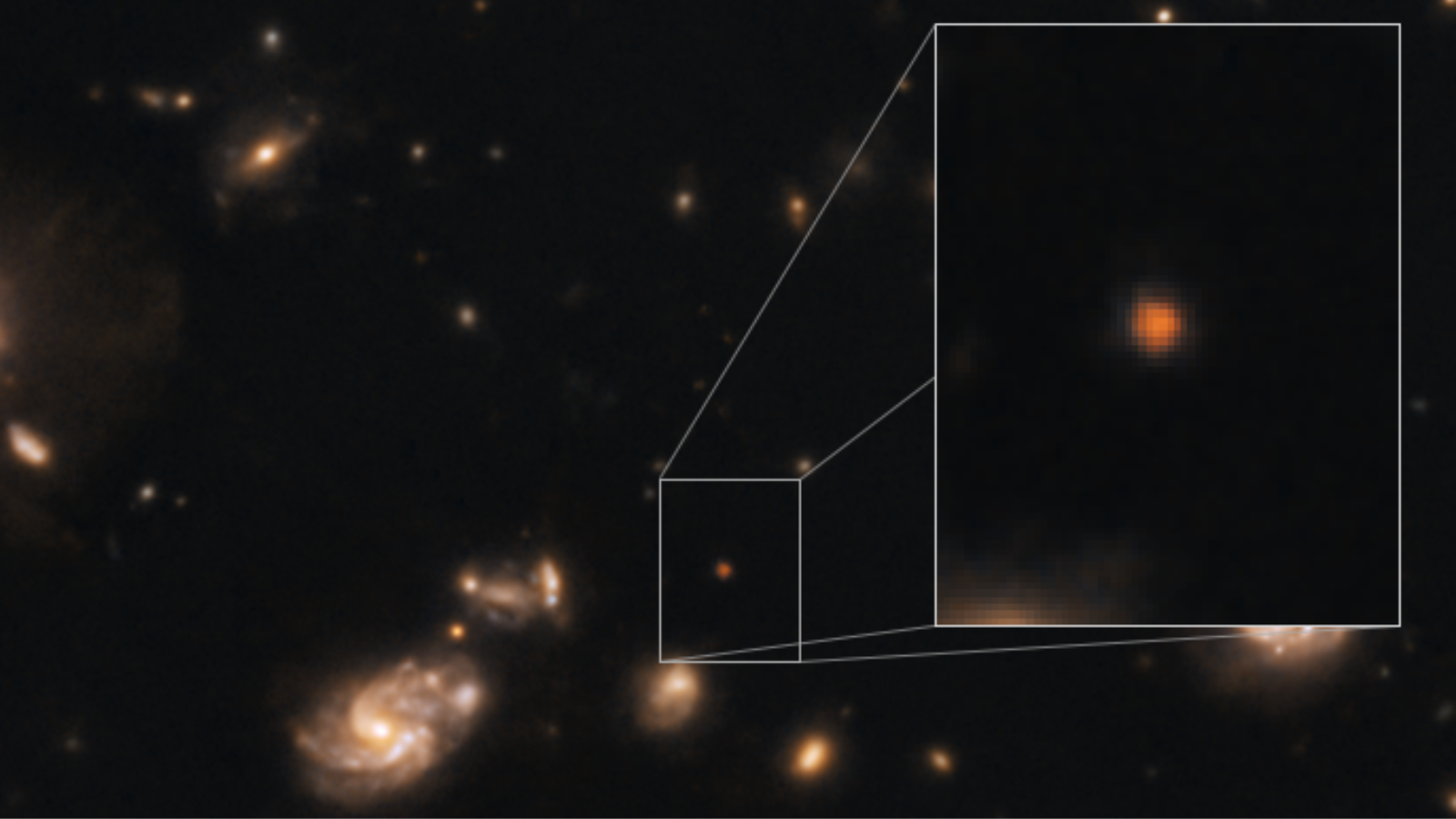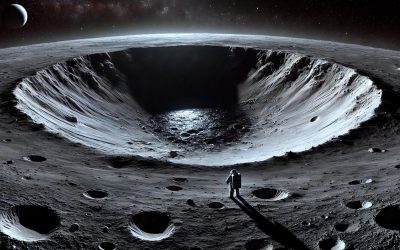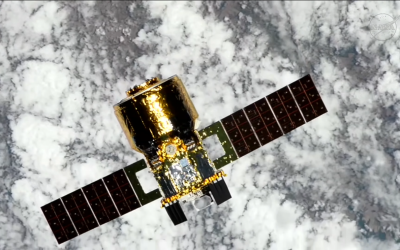Leveraging the advanced capabilities of the James Webb Space Telescope (JWST), astronomers have identified an exceptionally bright and enigmatic celestial object. A new study suggests this discovery could be a nascent galaxy, emerging a mere 100 million years after the Big Bang. If validated, this would establish it as the universe’s earliest known galaxy, significantly pushing back our understanding of cosmic origins.
Alternatively, Capotauro could represent an extraordinary brown dwarf – a celestial enigma often referred to as a “failed star.” This type of object, while significantly more massive than the largest gas giant planets, lacks the critical mass required to ignite sustained nuclear fusion in its core. Should this theory hold true, Capotauro would be found silently drifting along the far-flung outer edges of the Milky Way, astonishingly smoldering at a remarkably temperate 80 degrees Fahrenheit (27 degrees Celsius).
The precise identity of “Capotauro” remains undetermined, researchers noted in a paper made public on the arXiv preprint server on September 1. However, the study’s findings are considered preliminary as they have not yet undergone peer review.







